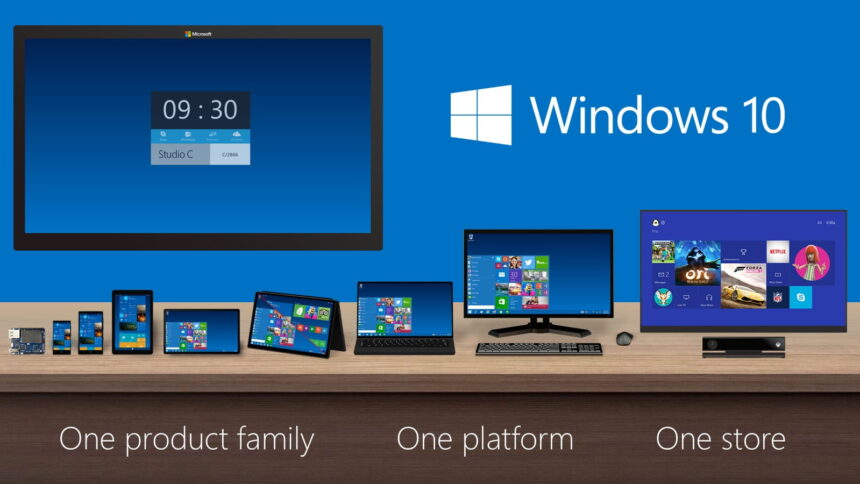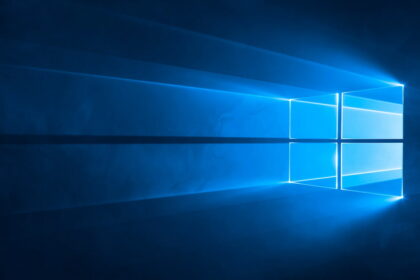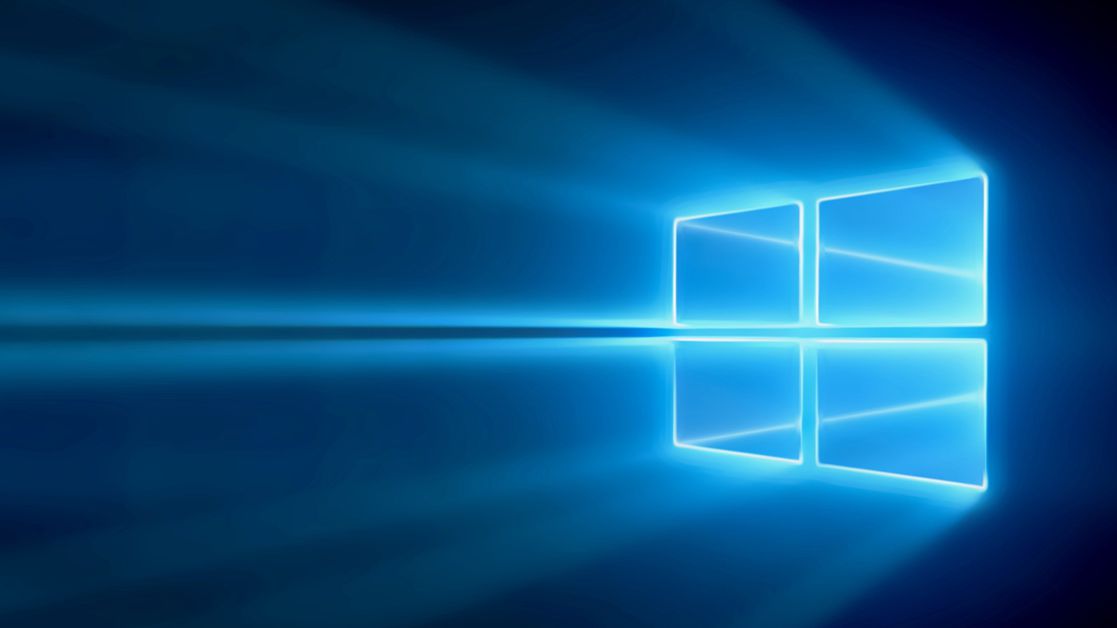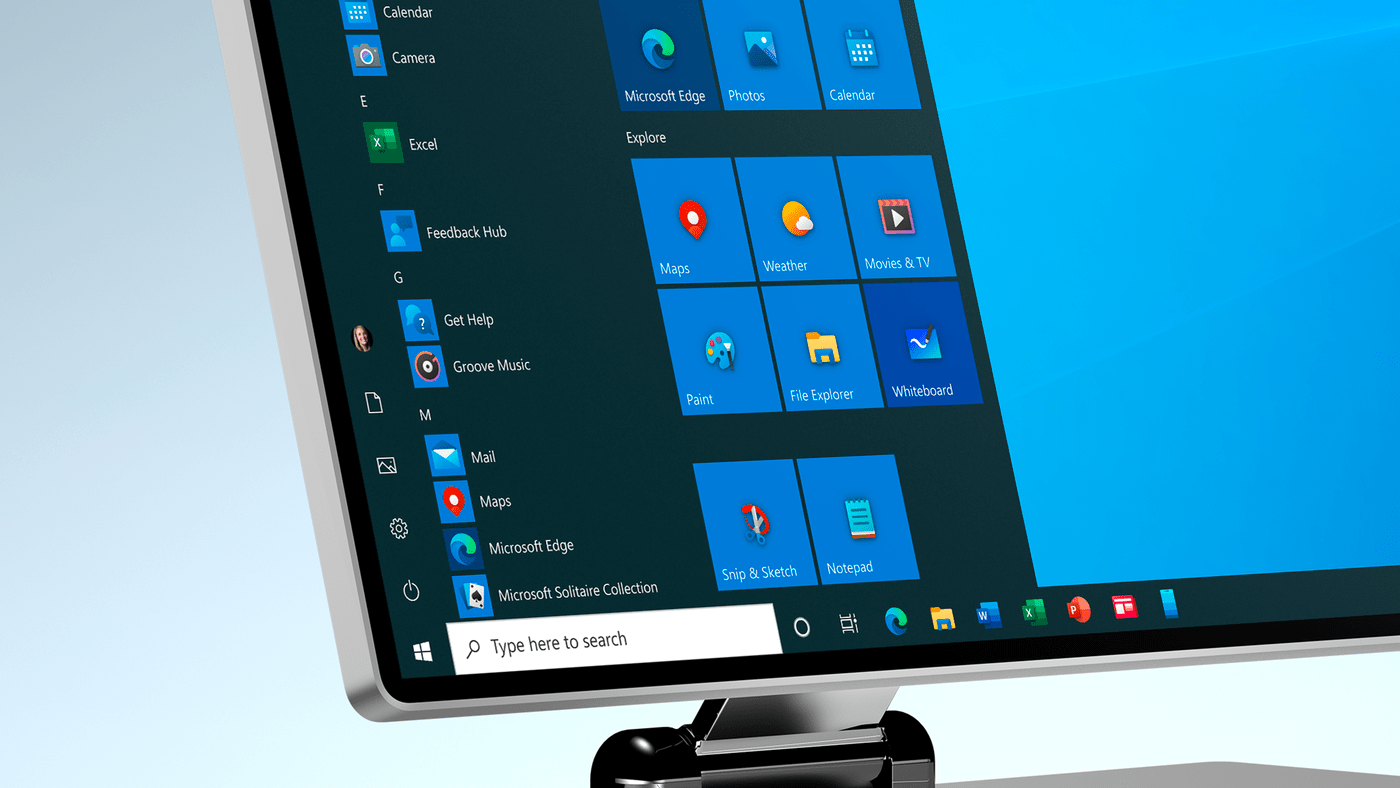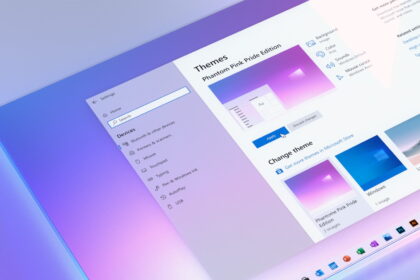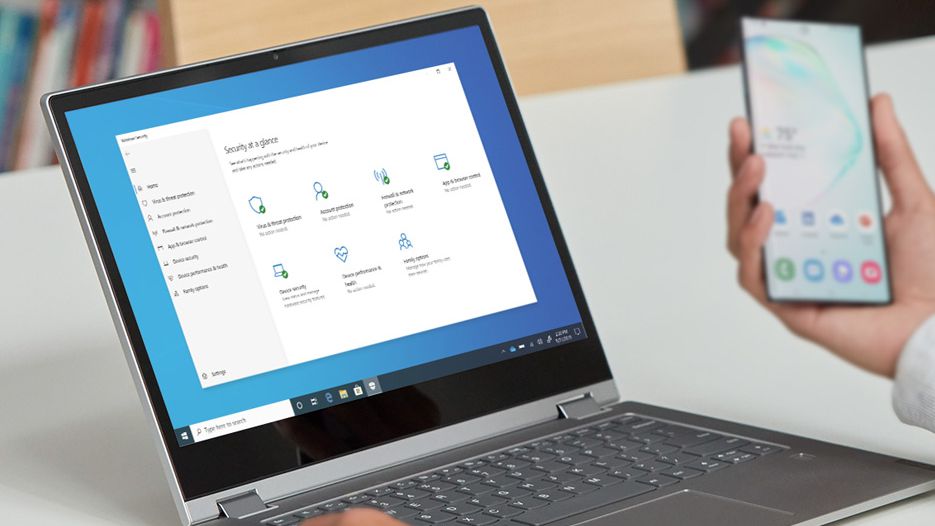Windows 10 is entering its final year of support. After October 14, 2025, Microsoft will no longer provide updates, leaving users vulnerable to security threats.
To ensure everyone is aware, Microsoft has started sending emails to users still running Windows 10, reminding them of the upcoming end-of-support deadline.
Microsoft is sending an email to users who continue using Windows 10
Thanks to @Thebobpony on Twitter (X), we now know that Microsoft is sending emails to users still running Windows 10 on active devices linked to their Microsoft account. Those who have already upgraded to Windows 11 are not receiving these messages.
In the email, Microsoft assumes that users still on Windows 10 are likely using incompatible hardware and outlines their options. It explains that after October 14, 2025, Windows 10 will no longer receive technical support or updates, leaving systems vulnerable.
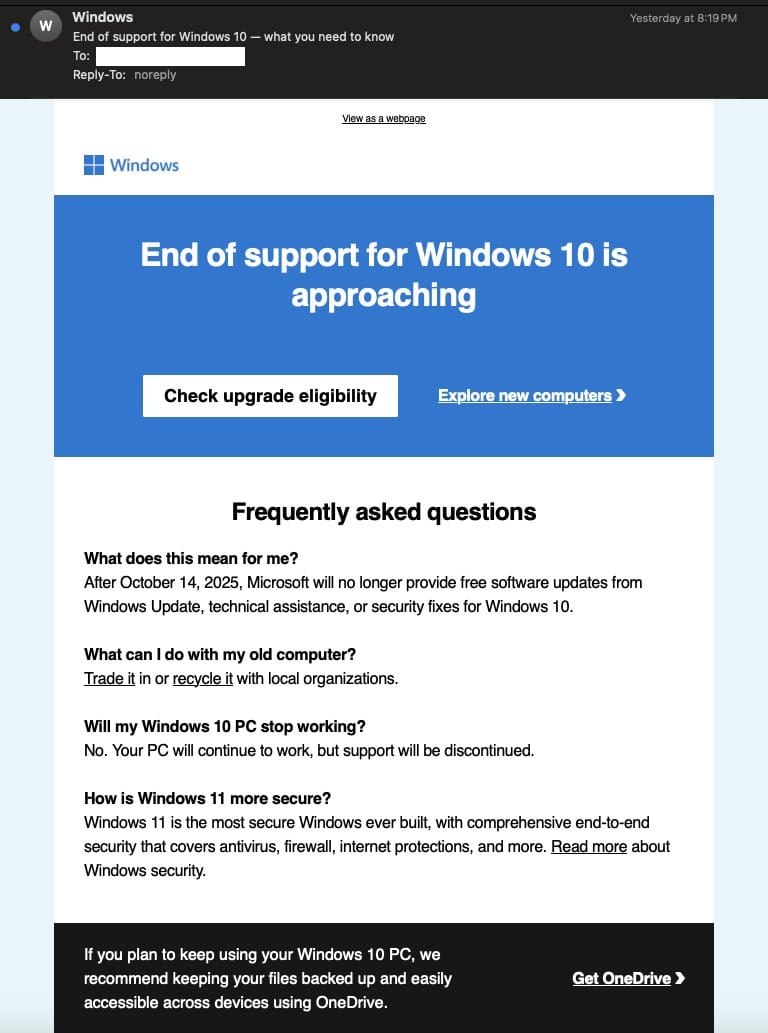
The email suggests that the best course of action is to purchase a new device and responsibly recycle the old one. However, it also clarifies that the current PC will still function, just without any further updates.
Microsoft’s strategy with Windows 11 is a real disaster.
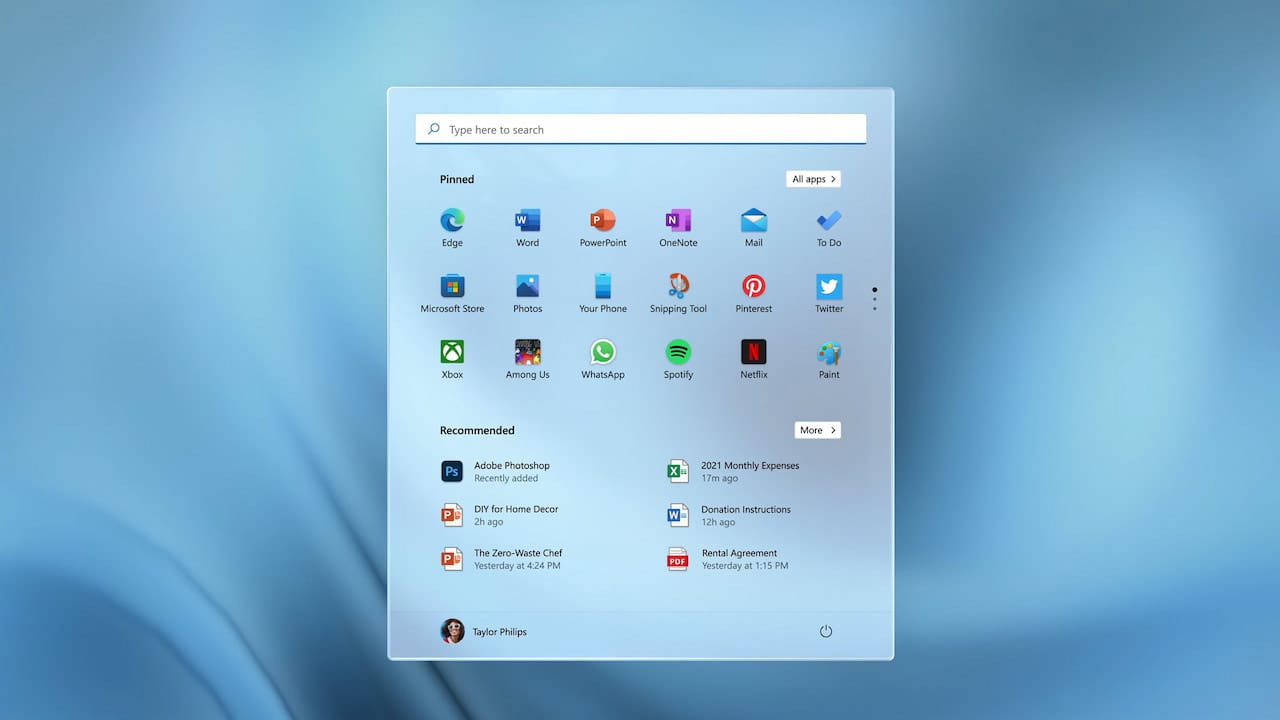
Microsoft’s push to get users to upgrade to Windows 11 by purchasing new hardware has largely backfired. Aside from the TPM 2.0 requirement, most of the other system requirements were never truly necessary. Microsoft was well aware of this—the goal was to boost PC sales following the surge in demand during the pandemic.
In reality, most Windows 8-era devices (with a few exceptions) can run Windows 11, albeit with slower performance due to a lack of optimization. While TPM 2.0 is useful for features like Windows Hello security, Microsoft could have offered a way to disable it for those without the required chip.
Now, Microsoft faces a situation similar to the Windows XP era, but with one key difference—there’s no “Windows 7” alternative to migrate to. In 2014, even though Windows XP had a large market share, most users eventually transitioned to Windows 7.
That’s not happening with Windows 11, meaning millions of devices will remain on Windows 10, unprotected from security vulnerabilities—unless users pay for extended support or buy new hardware.

